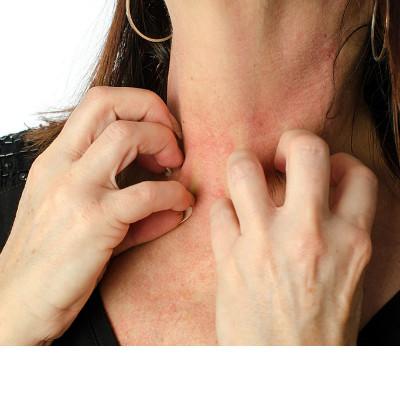What harm does shoulder joint instability have?
summary
Shoulder joint is the joint with the largest range of motion, but it is also a relatively low stability joint. The instability of shoulder joint can be caused by developmental reasons, bone structure defect caused by injury, labrum diseases, excessive relaxation of joint capsule or ligament and muscle paralysis around shoulder. So what harm does shoulder joint instability have?
What harm does shoulder joint instability have?
When the shoulder joint moves, the humeral head prolapses from the glenoid, which is called shoulder instability. If the humeral head completely prolapses from the glenoid, it becomes dislocation. If a part of the humeral head protrudes from the glenoid, it is called subluxation. When the humeral head protrudes from the glenoid, it can cause brachial plexus injury, leading to arm weakness and loss of sensation.

In patients over 40 years old with shoulder dislocation, rotator cuff tear may occur, resulting in upper limb lifting dysfunction. For patients with dislocation, each dislocation of shoulder joint will increase the damage of articular cartilage, leading to joint capsule relaxation and bone destruction. Patients will find that relaxation is more and more serious, dislocation is more and more easy, and then lead to tissue damage around the joint, More and more aggravation, will also cause the destruction of the structure of cartilage and bone, is the early appearance of shoulder osteoarthritis, cause irreversible damage, make the treatment more difficult, so in order to avoid dislocation, joint secondary damage, for repeated dislocation, or suggest regular surgical treatment.

The narrow sense of shoulder joint refers to glenohumeral joint. The glenohumeral joint is a pestle and mortar joint composed of shoulder pelvis and humeral head. The humeral head is large and approximately spherical: the glenoid joint surface is approximately oval, its area is only 1 / 3 of the articular surface of the humeral head, its pelvis is shallow and disc-shaped, surrounded by fibrocartilage to form the glenoid lip. The capsule wall of the shoulder joint is loose and elastic, and folds are formed in the anterior, posterior and axillary parts, so that the shoulder joint maintains the maximum range of motion. Shoulder instability usually refers to the instability of the shoulder humeral joint.

matters needing attention
The stability of the shoulder joint depends on its ligament tissue, joint capsule and surrounding muscles. The main stabilizing structures include the rotator cuff muscles (supraspinatus, infraspinatus, subscapularis and teres minor), deltoid, biceps brachii, musculus capitis, musculus capitis, musculus capitis, musculus capitis, musculus musculus musculus musculus capitis, musculus musculus musculus musculus capitis, musculus musculus musculus musculus musculus musculus musculus musculus musculus musc Triceps brachii and muscles connecting trunk and scapular band (pectoralis major, pectoralis minor, rhomboid, levator scapulae, latissimus dorsi, trapezius, serratus anterior, etc.). The internal stabilizer, rotator cuff muscle group, deltoid muscle, biceps and triceps are the most important to the stability of the shoulder humeral joint. These muscles are not only the stable structure of shoulder joint, but also the power device of shoulder joint movement.
















